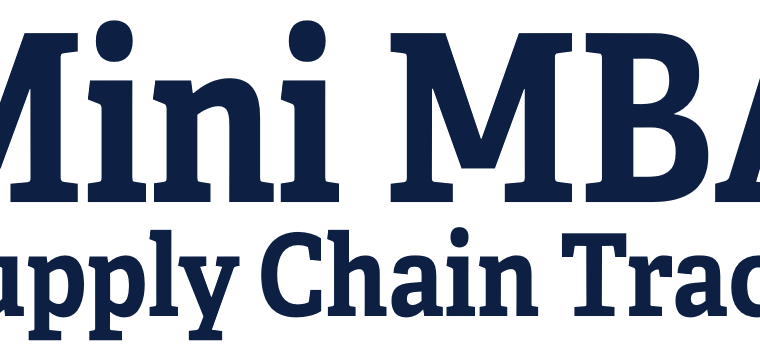Along the journey from raw material to finished item in the hands of a consumer, every business needs an efficient supply chain.
The extended Supply Chain for this product would flow in similar way to the graph below, Supply Chain management involves different organizations, People, Activities and resources to take for example Grains of Corn from a field to a finished packet of cornflakes on the table of the consumer.
The bigger the supply chain and more extended its, the more complex it becomes to manage it. Take for example a hospital that needs to make available thousands of SKUS for aiding patients. Or a humanitarian agency that needs to make available thousands of books for refugees schools.
While Operating your supply chain “Either internal or external” , you would be doing any or all of the following processes
PLAN, SOURCE, MAKE, DELIVER , RETURN , ENABLE
Because supply chain management is all about fulfilling the business strategy. Measuring supply chain performance becomes essential to understand are we fulfilling that business strategy or not, realizing the gap between what needs to be done and how are we performing leads to building gap analysis.
While operating the processes mentioned above (Plan, Source ,Make , Deliver , Return and Enable) Key performance indictors becomes essential to see if we are going in the right direction or not. To understand if the supply chain is doing what is needed to be done to create value to customers .
This means selecting a certain KPI shouldn’t be random but rather based on what needs to be done , So if the business strategy is to be differentiated based on Time To Market, Supply Chain strategy would start crafting a number of objectives to fulfill “Time To Market” to help the company achieve its strategy “Differentiated”.
The Supply Chain would have an objective named “Enhancing Speed Of Delivery “among others, It would then make sense that you measure and control this using a KPI like Order Fulfillment Cycle Time which is defined as the “Time Elapsing from the moment you receive an order from customer until the customer receives his order” .
Benchmarking
Businesses use benchmarking to improve efficiency by comparing their performance with that of other organization. The goal is to identify and learn from best practices within outside the industry. There are several stages to benchmarking performance in supply chain with anther company supply chain .
Process reference models integrate the well-known concepts of business process engineering, benchmarking, process measurement and organizational design into a cross-functional framework. The Supply Chain Operations Reference (SCOR) model is unique in that it links business processes, performance metrics, practices, and people skills into a unified structure. It is hierarchical in nature, interactive and interlinked.
SCOR as a framework offers a straight forward proven record approach toward measuring Supply Chain performance, its users can benefit from a set of 250 KPIS for supply chain performance, below you can find a closer high level look into Level1 KPIS.
After measuring your supply chain performance , The framework excellence methodology can help you benchmark your performance to realize the gap in the performance and start your improvement plan.
There are hundreds of supply chain KPIS that can be used to measure supply chain performance, most important on starting your Performance management journey is to:
– Select a reasonable number of Objective and KPI’s
– Data Is your Friend. So is Visibility
– You can’t enhance what you can’t measure
– You get what you measure and you should Measure Really what matters.
I would highly recommend that you learn how to use SCOR as it offers a standardized approach towards enhancing Supply Chain Performance.











